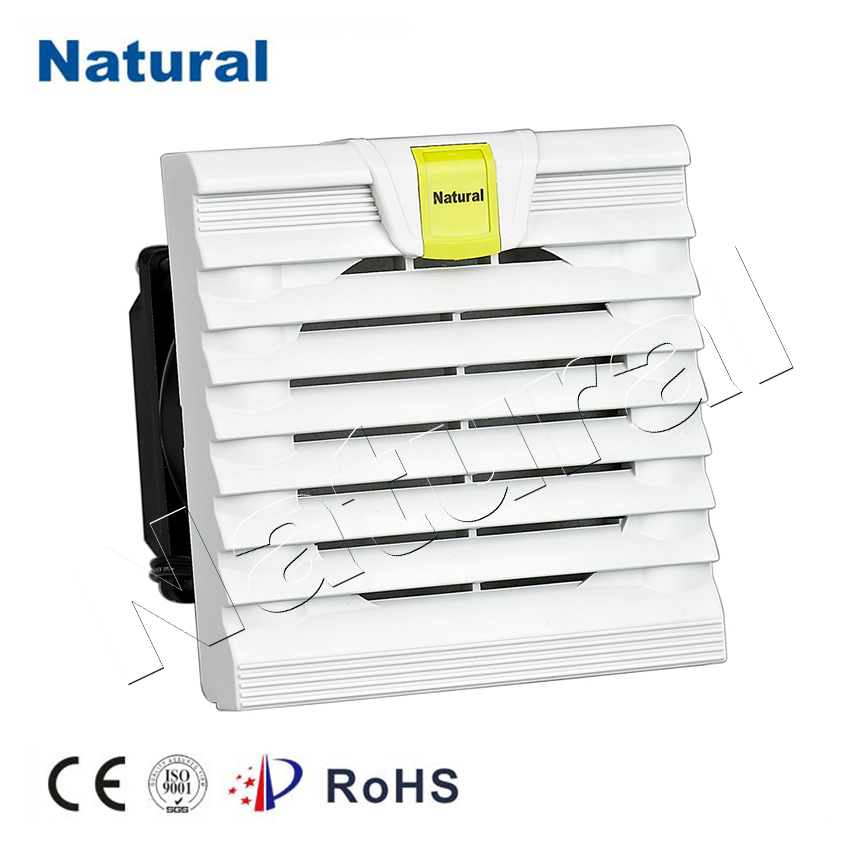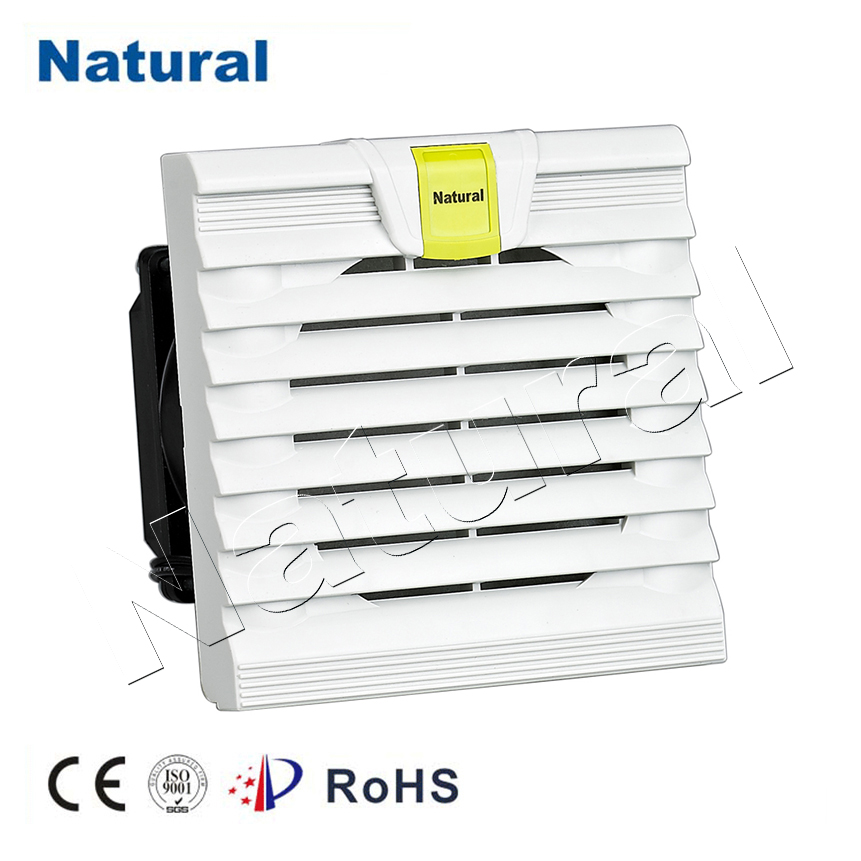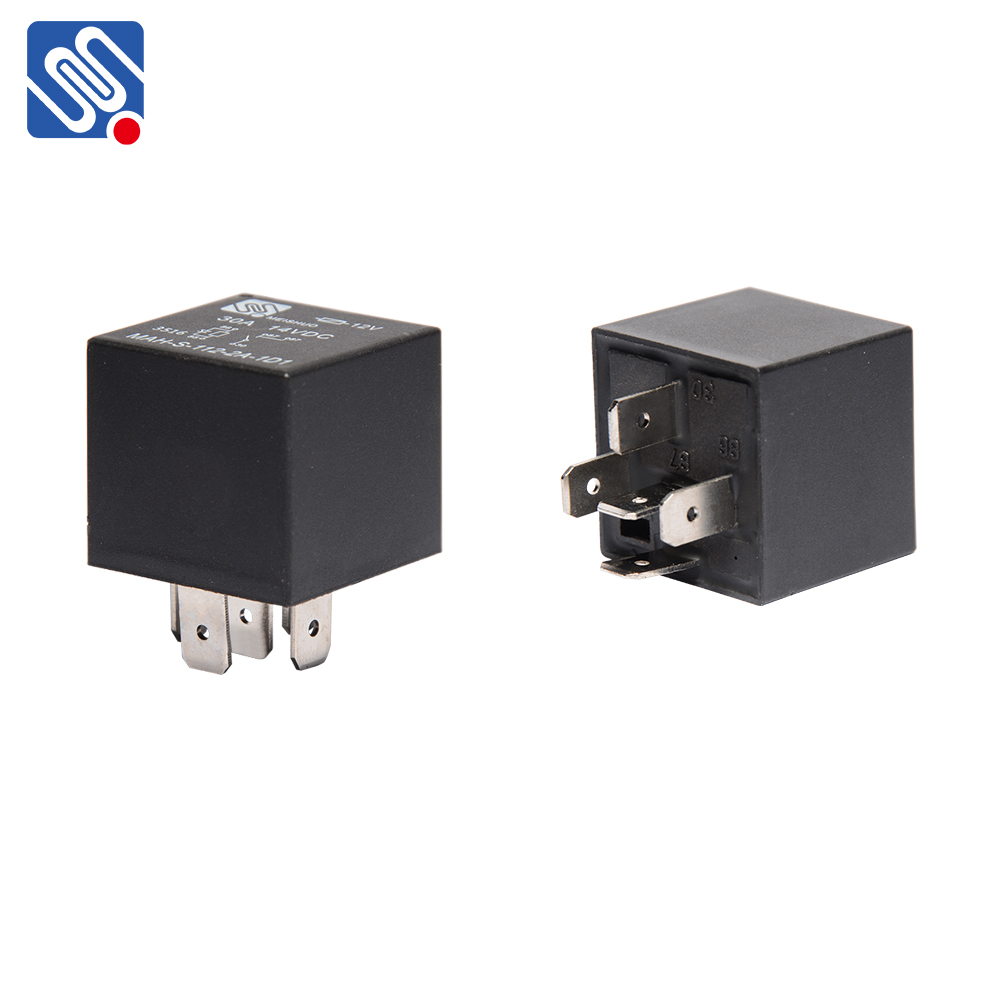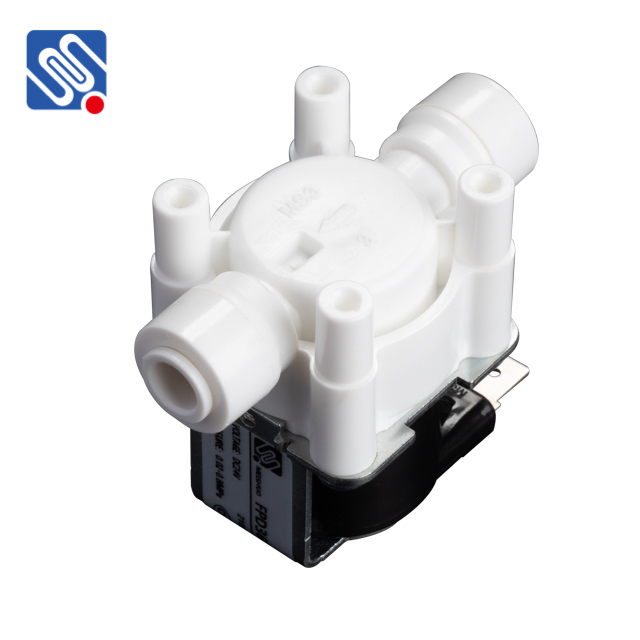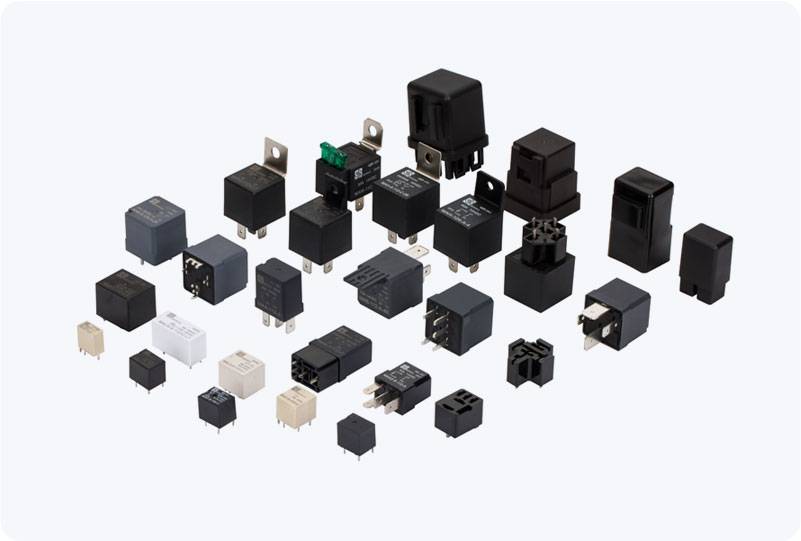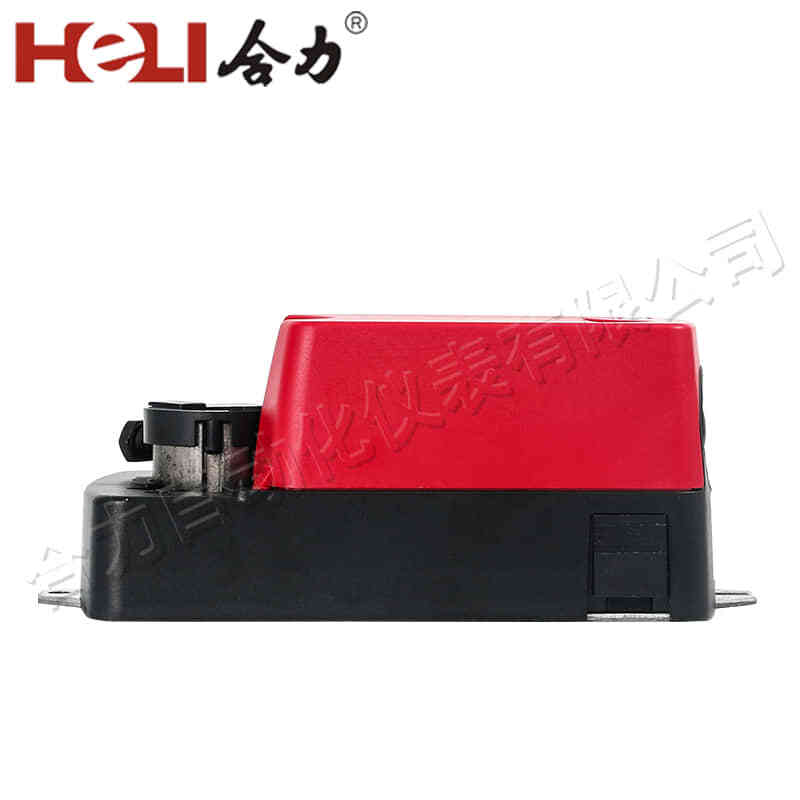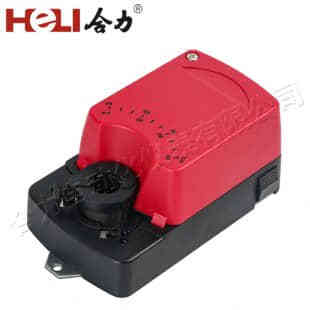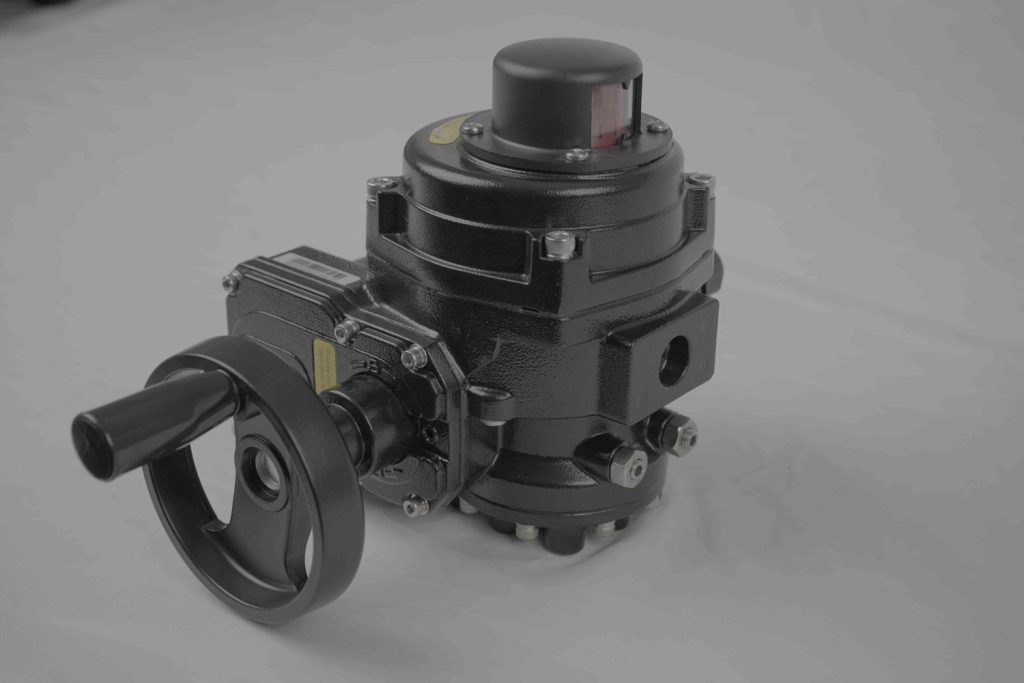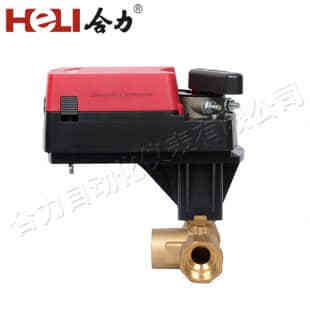Here’s an overview of their key features:

Remote Control: Smart home relays allow users to control devices remotely through mobile apps or voice commands via platforms like Google Assistant, Amazon Alexa, or Apple HomeKit. Automation: These relays can be set to operate on schedules, triggers, or events. For example, lights can be turned on automatically at sunset or off when no motion is detected in a room. Energy Monitoring: Some smart home relays also come with energy monitoring features, helping you track power consumption and optimize energy usage. Integration: They can integrate with various smart home ecosystems and work with other devices like sensors, cameras, and smart thermostats, creating a more connected and efficient environment.
